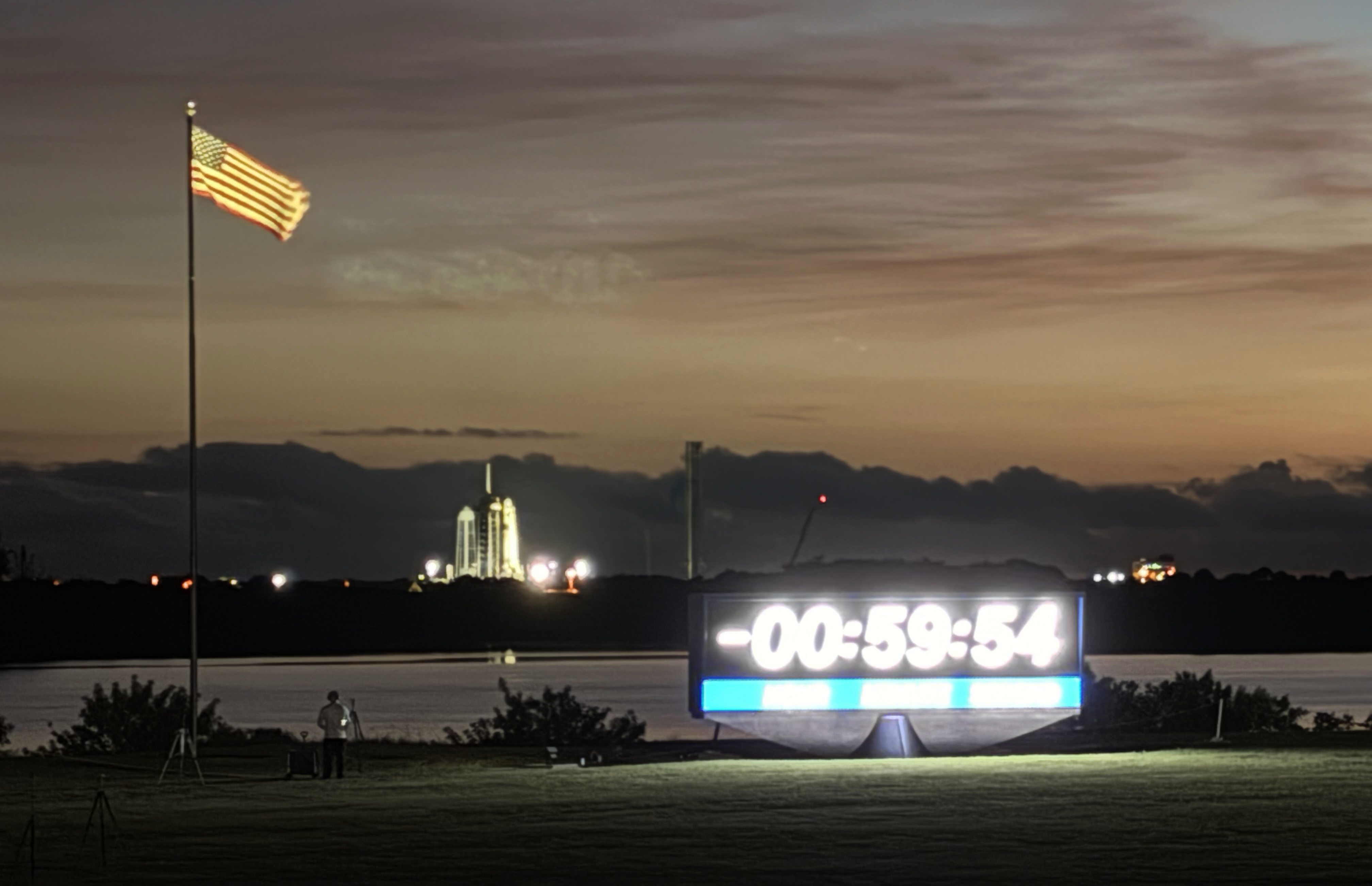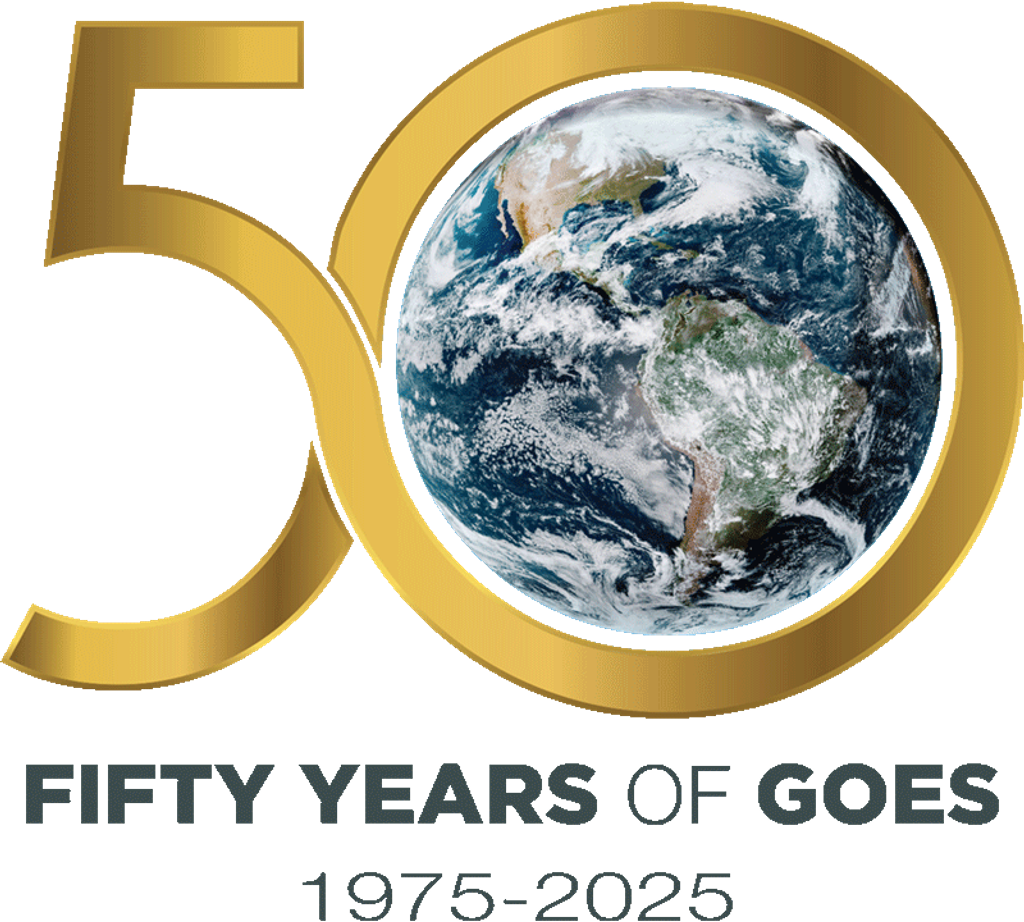NASA Broadcast Begins for IMAP Mission

Live broadcast coverage is underway for this morning’s IMAP (Interstellar Mapping and Acceleration Probe) mission and its two rideshares, NASA’s Carruthers Geocorona Observatory and the National Oceanic and Atmospheric Administration (NOAA) Space Weather Follow On-Lagrange 1 (SWFO-L1) spacecraft from Launch Complex 39A at NASA’s Kennedy Space Center in Florida. Weather remains 90% favorable with the primary weather concern being the cumulus cloud rule.
Follow along on NASA+, Amazon Prime, the agency’s website, and the agency’s YouTube Channel. NASA’s Spanish launch coverage also an is available on NASA+, and the agency’s Spanish-language YouTube channel. Learn how to watch NASA content through a variety of platforms, including social media.
NASA’s IMAP mission will enhance researcher’s understanding of the heliosphere, a vast magnetic bubble created by the Sun that surrounds and protects our solar system from harmful radiation across the galaxy. The heliosphere is formed by the continual flow of energetic particles from the Sun, known as solar wind, and the material found between the stars — the interstellar medium.
The mission aims to address four key questions:
- What are the properties of the local interstellar medium?
- How do magnetic fields interact from the Sun through the local interstellar medium?
- How do the solar wind and interstellar medium interact through the boundaries of our heliosphere?
- How are particles accelerated to high energies throughout the solar system?
The spacecraft will orbit the Sun at a location 1 million miles (1.6 million kilometers) from Earth toward the Sun, called Lagrange point 1 (L1), which provides an unobstructed view of solar activity. The IMAP mission can deliver vital early warnings approximately 30 minutes in advance of incoming harmful radiation to protect astronauts and spacecraft near Earth. The capability is especially important as NASA prepares for the Artemis II mission around the Moon in early 2026 and plans for future human flights to Mars.
The Carruthers observatory is a small satellite that will observe the Earth’s outmost atmospheric layer, the exosphere. It will study a faint glow of ultraviolet light called the geocorona.
NOAA’s SWFO-L1 spacecraft will monitor space weather and provide early detection of solar storms, serving as an early warning beacon for potentially disruptive space weather events This capability is vital for protecting critical infrastructure and technology dependent industries on Earth.
Follow along on the IMAP blog for more details about this mission.


























